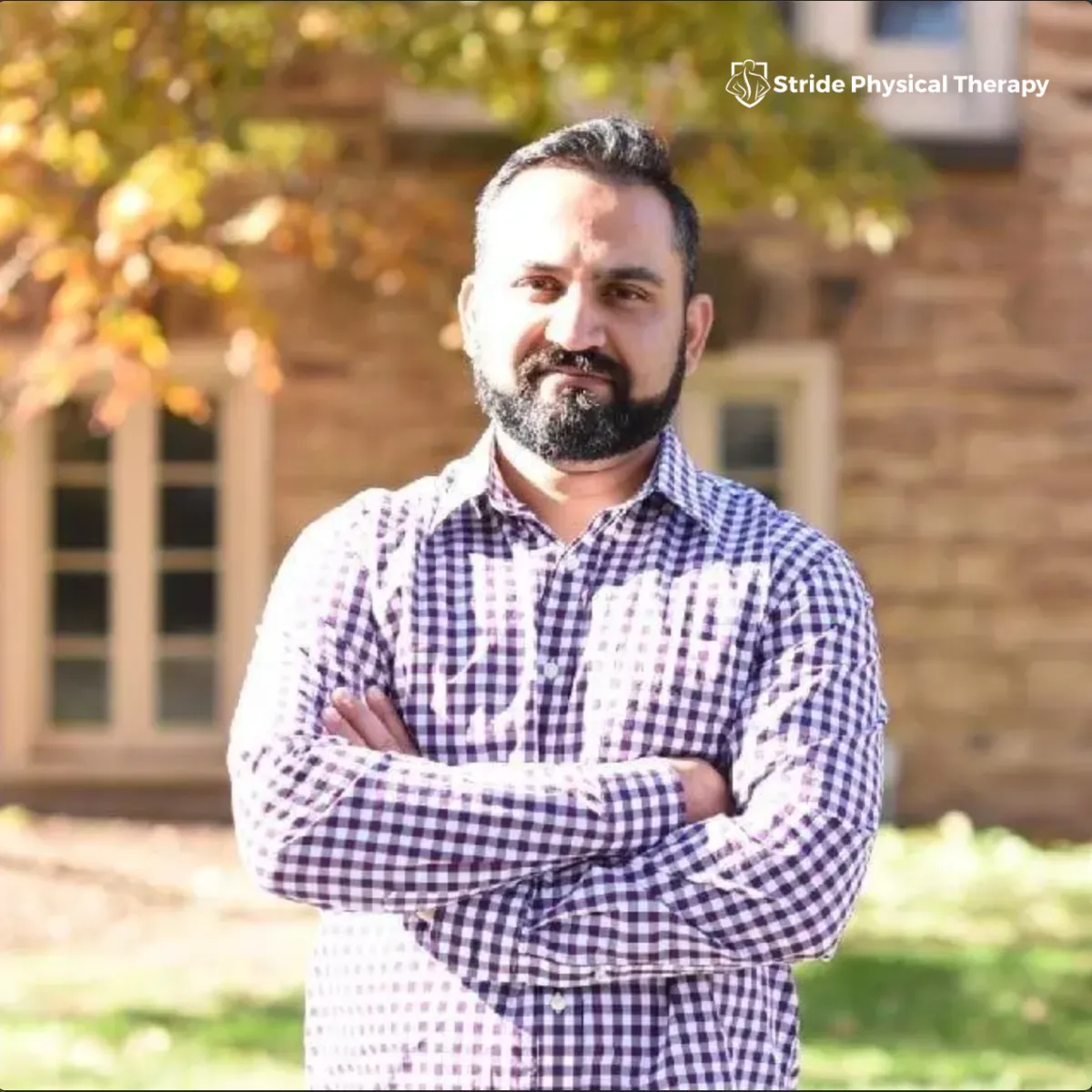Thoracic Outlet Syndrome (TOS) refers to conditions caused by the squeezing, injury, or irritation of nerves and blood vessels in the lower neck and upper chest. Named after the area located between your lower neck and upper chest, known as the thoracic outlet, TOS can affect anyone regardless of age or gender.
Types of Thoracic Outlet Syndrome
Neurological Thoracic Outlet Syndrome: This type of TOS is the most usual. It happens when the brachial plexus—a bundle of nerves running from the spine, through the neck, to the arm—gets squeezed. It often affects those who do repetitive arm motions above their head at work or play sports like swimming or baseball.
Venous Thoracic Outlet Syndrome: Thoracic Outlet Syndrome (TOS) occurs when the subclavian vein—a crucial vessel transporting blood from the arms to the heart—is compressed. Often due to congenital narrow pathway from the shoulder to the heart, TOS is worsened by repetitive arm and shoulder movements. These shrink the tight thoracic outlet space, increasing pressure on the vein and exacerbating TOS.

Quick Links
FAQs
Arterial Thoracic Outlet Syndrome: This condition, TOS, occurs when the subclavian artery—responsible for moving blood from the heart to the arm—gets blocked by a blood clot. It often affects people born with an additional rib in the neck or an irregularly shaped first rib, which can compress the artery and permanently narrow it.
Causes of Thoracic Outlet Syndrome
TOS-related problems can be confusing, but we know they happen when the thoracic outlet's narrow space squeezes blood vessels or nerves too much, leading to irritation and TOS. Also, certain conditions, characteristics, or behaviors could increase your chances of getting TOS. These are called risk factors.
Unchangeable Risk Factors: You cannot alter these factors. Having more increases your TOS risk.
~ Pregnancy
Risk Factors You Can Change: These are the factors you can manage or improve with treatment, medication, or changes in your way of life.
1. Intense weightlifting.
2. Bad posture.
3. Sports with repeated arm/shoulder use.
4. Heavy loads on shoulders.
5. Depression.
Other conditions that contribute to the development of TOS:
1. Birth defects in body structure.
2. Abnormalities in bone and soft tissue.
3. Injury-related trauma.
4. Upper chest or underarm tumors or swollen lymph nodes.
MEET YOUR RECOVERY TEAM

Kanwal Bhardwaj
PT, M.Sc.PT, CIMT, CMNT
Meet Kanwal Bhardwaj, PT, M.Sc.PT, CIMT, CMNT, the driving force behind Stride Physical Therapy in Freehold, NJ. With over 20 years of dedicated experience in the field, Kanwal brings a wealth of expertise and a passion for holistic healing to his practice. Kanwal's journey began with a Master of Science in Orthopedic Physical Therapy from Quinnipiac University in 2004. Over the years, he honed his skills and gained invaluable insights during 18 years of service in outpatient physical therapy offices. In 2014, fueled by a desire to deepen his understanding of patient care, he pursued a manual therapy certification (CIMT). This transformative experience allowed him to adopt a whole-body perspective, focusing on treating the root cause rather than just the symptoms...
At Stride Physical Therapy, we're dedicated to transforming lives. With a focus on the root cause of your condition, we're here to help you regain mobility and embrace an active lifestyle. What sets us apart? Our genuine passion for what we do. Let's stride towards a brighter tomorrow together.
Elevate Your Health with Our All-Inclusive Wellness Services!
Take one step closer to a pain-free life with Stride Physical Therapy! Discover medication and surgery-free solutions with our sessions.
Health Blog

A Physical Therapist’s Perspective on Chronic Back Pain
At Stride Physical Therapy, we see a lot of chronic low back pain and it’s something we know how to handle. Understanding what causes this pain and how you can prevent it is important to us, so we always make sure our patients and their families are well-informed. Remember, having chronic back pain doesn’t mean you have to accept it as a normal part of getting older. You can still experience less pain and enjoy improved mobility, regardless of how long your back has been bothering you. Book an appointment with Stride Physical Therapy to get a personalized consultation. Keep reading to uncover five key insights our physical therapy team has learned about chronic back pain.
1. Most People Will Experience Back Pain at Least Once
Research shows that the majority of people (up to 80%) will have at least one episode of back pain in their lifetime. While not everyone will suffer from long-lasting pain, many cases resolve within a few weeks without special medical care. However, underlying issues like inflexibility or poor body mechanics can persist, increasing the likelihood of recurring pain and injury. Consulting with a physical therapist early can help uncover and address these hidden factors, reducing the risk of conditions like muscle strains, joint misalignments, degenerative disc disease, disc herniation, and nerve impingement.
2. Most Risk Factors for Chronic Back Pain Are Preventable
Many back pain risk factors are preventable. This means reducing your risk of chronic pain and alleviating symptoms is largely within your control. Common preventable risk factors include:
Sedentary lifestyle
Excessive weight
Smoking
Poor posture
Physically demanding jobs that require frequent sitting, bending, twisting, heavy lifting, or exposure to vibration
Stress, anxiety, and depression
At Stride Physical Therapy, we take a holistic approach to treatment, addressing both physical and psychological factors to help you achieve long-term relief.
3. Exercise Often Improves Chronic Back Pain
Moving around with chronic back pain can be challenging, but participating in daily movement is crucial for pain management. Exercise keeps muscles and tissues strong, boosts circulation, reduces chronic inflammation, enhances mood, relieves stress, and helps maintain a healthy body weight. Activities like walking, cycling, and specific exercises to improve tissue healing, strength, flexibility, and endurance are proven effective. A physical therapist can help you develop a safe, effective, and enjoyable exercise program tailored to your needs and goals.
4. Surgery and Long-Term Medications Aren’t Always Necessary
Contrary to popular belief, conditions like herniated discs don’t always require surgery. Invasive procedures like spinal fusions are usually not the first option for chronic back pain. Research indicates that only about half of first-time back surgeries alleviate symptoms, and repeat surgeries have even lower success rates. Surgery also carries risks such as prolonged recovery time and post-operative complications.
Physical therapy is recognized as a first-line treatment for chronic back pain, often reducing the dependency on opioid medications. This makes physical therapy a safer, more cost-effective option.
5. Chronic Back Pain Can Improve Even Without Knowing the Exact Cause
Many cases of back pain are "idiopathic," meaning the exact cause is unknown. Imaging studies like MRIs often don’t correlate with a person’s symptoms. A physical therapist is trained to evaluate, diagnose, and treat spinal conditions. Even if the exact cause is unclear, physical therapy can still provide relief by addressing symptoms and contributing factors like poor posture, decreased hip and shoulder range of motion, and weak core muscles.
Ready to Make Chronic Back Pain a Thing of the Past?
If you're ready to reclaim your active life and start living with less pain, contact Stride Physical Therapy today. Our team is dedicated to helping you achieve long-term relief and improved function.


